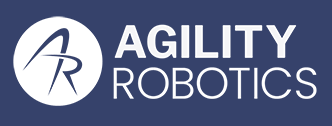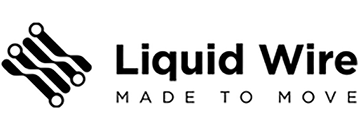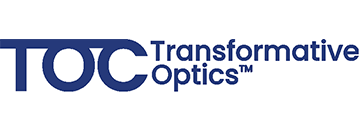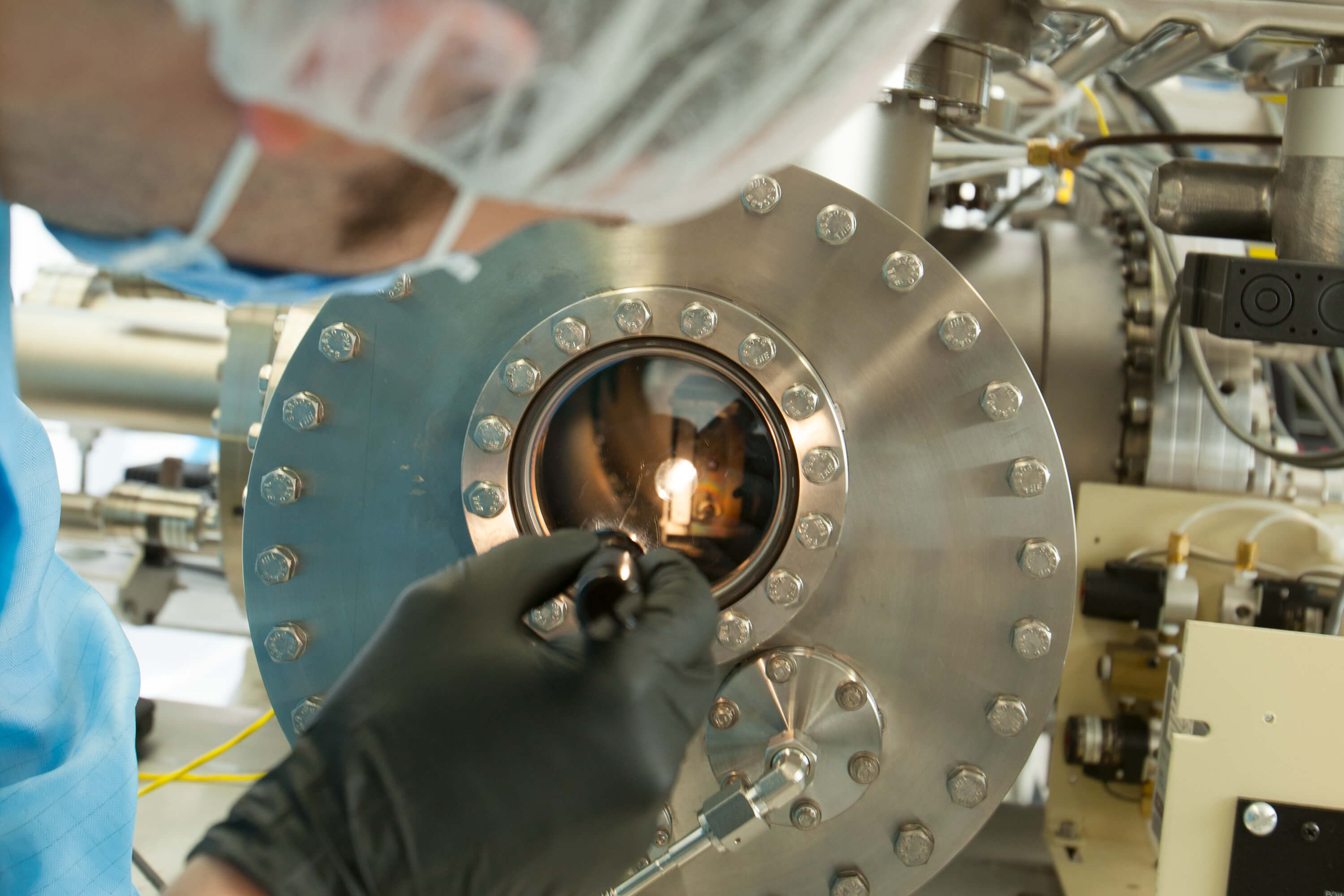
Advanced Materials, Semiconductors, Optics and Water
Advanced Materials, Semiconductors, Optics and Water
ONAMI’s portfolio companies in this segment represent a wide variety of breakthrough technologies that affect the everyday lives of Oregonians. How we measure, move and monitor the world around us. These companies help us breathe, see and feel better. Lives are enriched.
Some of these companies already have successful products in the marketplace. Others are advancing their inventions in the lab. Still others are actively seeking investors and/or commercial partners.
If you’re an inventor, you might find technologies like yours. If you’re an investor, you can be assured these companies have been thoroughly vetted by the ONAMI Team. Any questions? Contact us.

ABOM

Diatomix

Puralytics
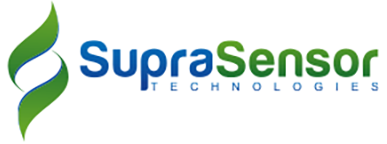
SupraSensor Technologies

